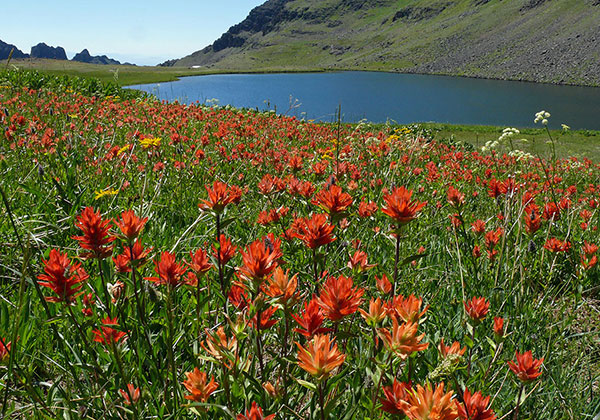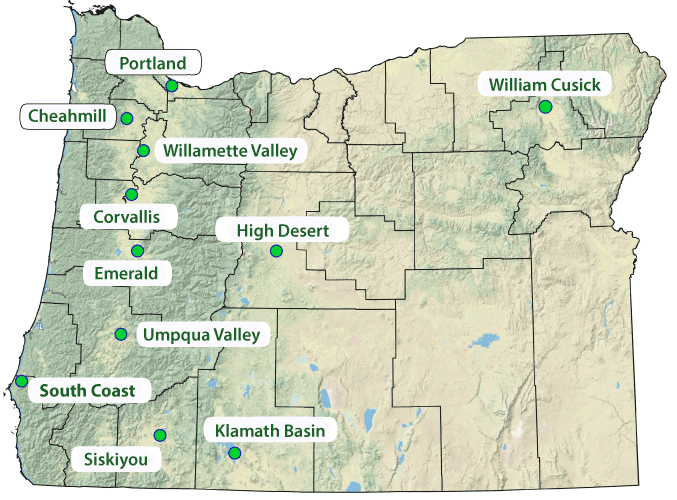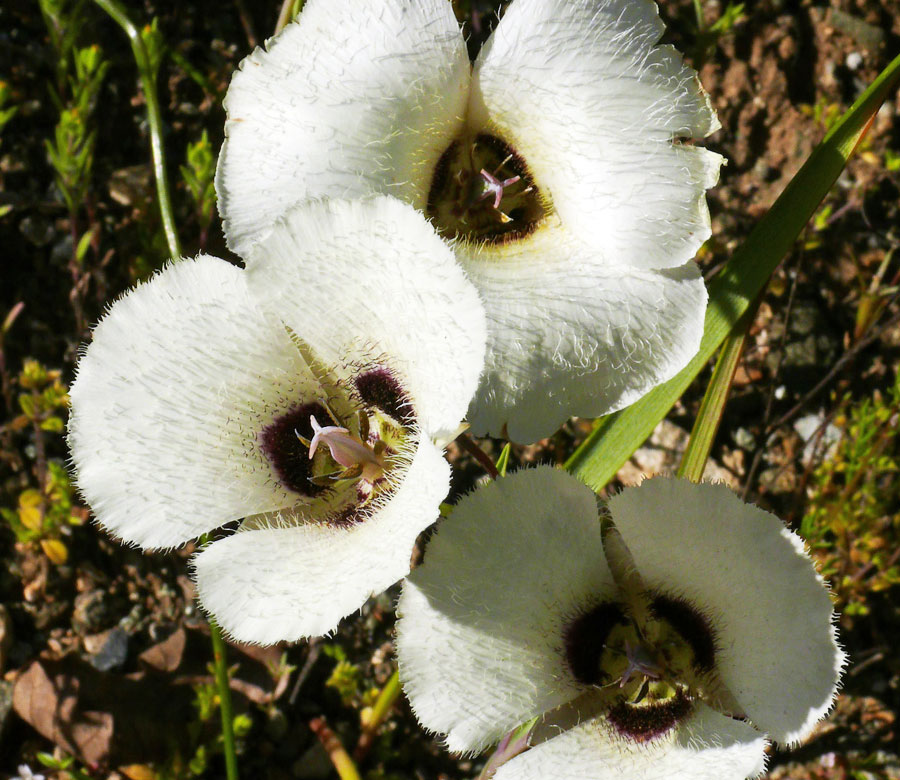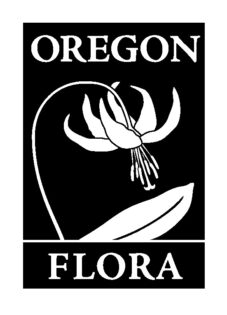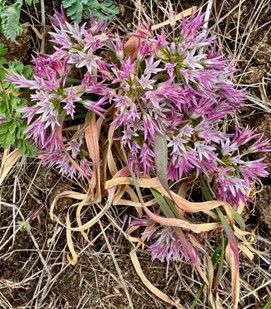Welcome to all!
Oregonians live in a state with exceptional natural beauty and diversity that ranges from alpine lava fields to coastal sand dunes.
For over 60 years, members of the Native Plant Society of Oregon have been visiting the wild places of Oregon to enjoy, conserve, and study their natural vegetation. Founded in Portland in 1961, NPSO has grown to a statewide network of 11 Chapters with over 1000 members. We invite you to join us!
Enjoyment
Engage with other plant enthusiasts to delight in the diversity of Oregon’s 3600+ beautiful and fascinating native plant species.
Conservation
Join us in our citizen science initiatives, learn to garden with native plants, and advocate with us for protection of species and their ecosystems.
Study
Learn about Oregon’s diverse flora at our meetings, see them on our guided field trips, and use our resources to increase your knowledge about the plants that grow here.
Partial List of Upcoming Events (see our Calendar page for all events):
Chapters:
- Cheahmill
- Corvallis
- Emerald
- High Desert
- Klamath Falls
- Portland
- Siskiyou
- South Coast
- Umpqua Valley
- William Cusick
- Willamette Valley
- State Events
Initiatives
Gardening with Natives
We encourage gardeners and landscapers to grow species native to Oregon by providing guidelines and by supporting development of tools that help you select species to meet your native plant gardening goals.
Protecting Rare
Plants
NPSO supports several citizen science projects involving data collection on rare plants including the Adopt a Rare Plant program and the Citizens Rare Plant Watch.
Exploring Oregon’s Plant Diversity
Help contribute to our knowledge of Oregon’s flora by joining our iNaturalist project, Flora of Oregon: Vascular Plants, a collaboration among OSU Herbarium, OregonFlora, and the NPSO. Learn about our project and read more on how to participate, here!
Call to Action
Over 500 of our native plant species are listed as threatened or endangered by the Oregon Biodiversity Information Center. Native plants provide food and support for wildlife that introduced plants cannot. Conserving and preserving species and habitat for all native species, but especially those in danger is a priority for NPSO.
Our current action initiatives can be seen here.
We Need You
Help us protect our natural diversity and ensure we can offer programs to engage everyone in enjoying and valuing our species and their ecosystems. Become a member to join our community of plant enthusiasts and botanists, or donate to one of our initiatives.
Membership includes
- a subscription to the NPSO Bulletin
- access to our Membership Directory
- privileges to join our Annual Meeting
- a great way to build your network of plant enthusiasts!
Give to make an impact
Extra gifts can be made that contribute to any of our six funds, supporting research that furthers our knowledge and protects Oregon’s flora.










